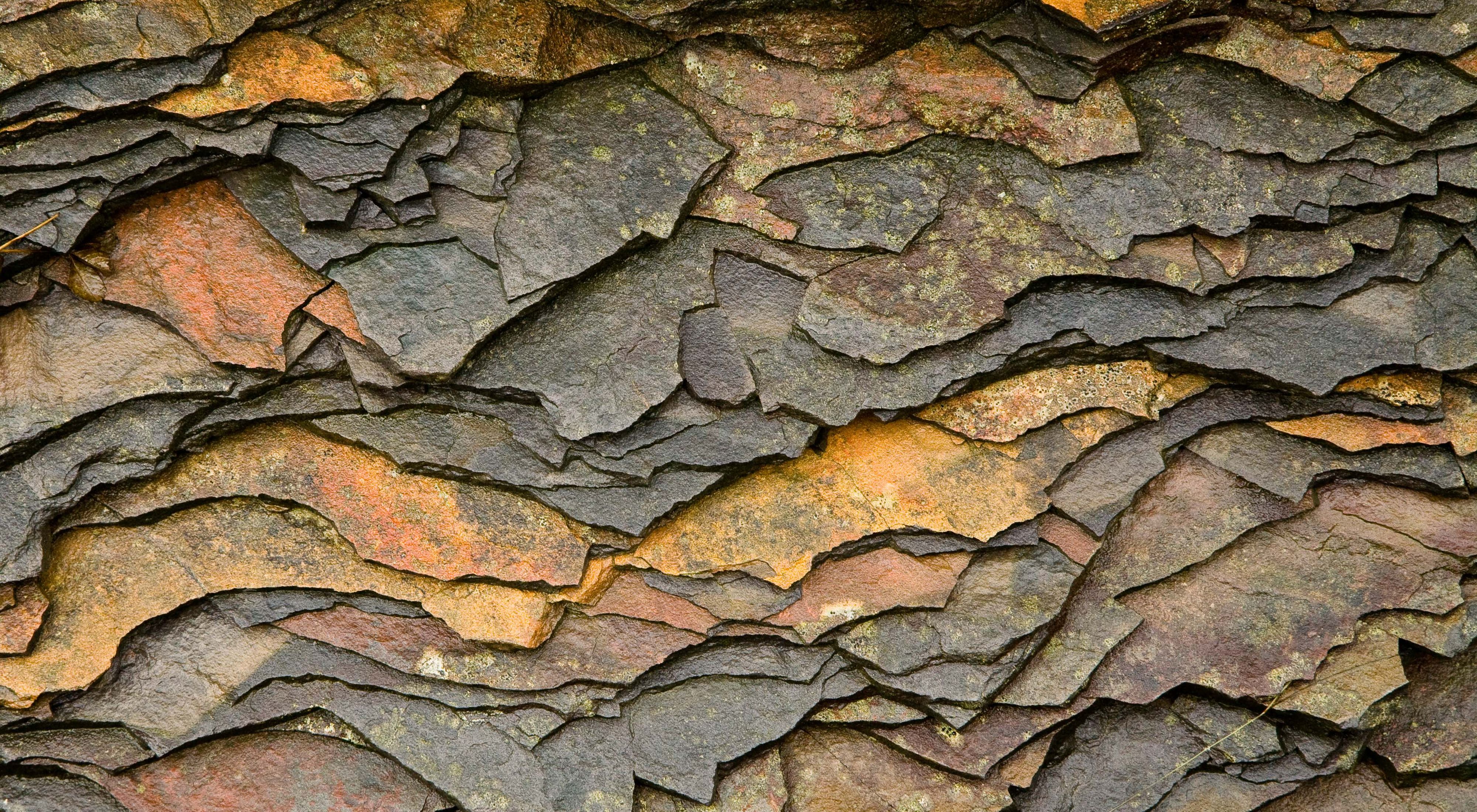Description
A shale barren is a steep, south-facing, eroding slope of thinly bedded, weathered shale, having sparse tree cover and little soil, found in the Ridge and Valley province from southern Pennsylvania to southern Virginia.
At least three rare species native to shale barrens occur at Potts Creek: chestnut lipfern, Kate's mountain clover and Virginia nailwort. Numerous other species not restricted to, but regarded as characteristic of shale barrens, are found here. These include Allegheny rockcress, Allegheny stonecrop, mosspink, and white-haired leatherflower.
Trees that manage to grow on the barrens, such as red cedar, chestnut oak and Virginia pine, are small for their age, reaching about 20 feet in height and 15 inches in diameter. Like many desert trees, the trees at Potts Creek are dwarfed, twisted and gnarled by the elements. Thick, hairy leaves protect some shale barren plants against desiccation, and their deep root systems tap what little water exists.
The uniqueness of the shale barren's flora remained unnoticed until the late 1800s, when botanists collected plants on the shale slopes of Kate's Mountain, West Virginia. To their surprise, many of these plants were new to science, and Kate's Mountain become the type locality for a number of shale barren endemic species, including Kate's mountain clover and white-haired leatherflower.


